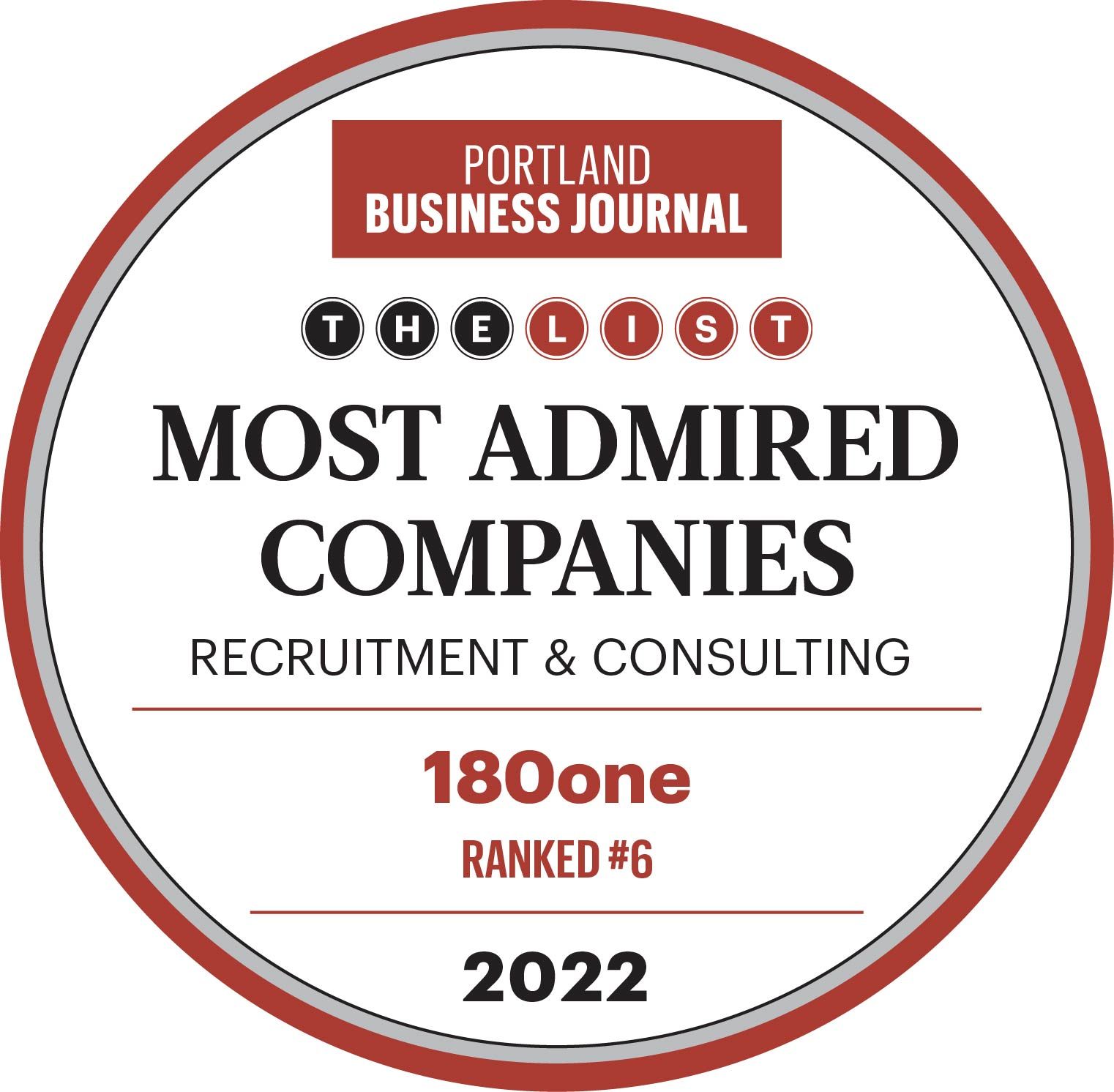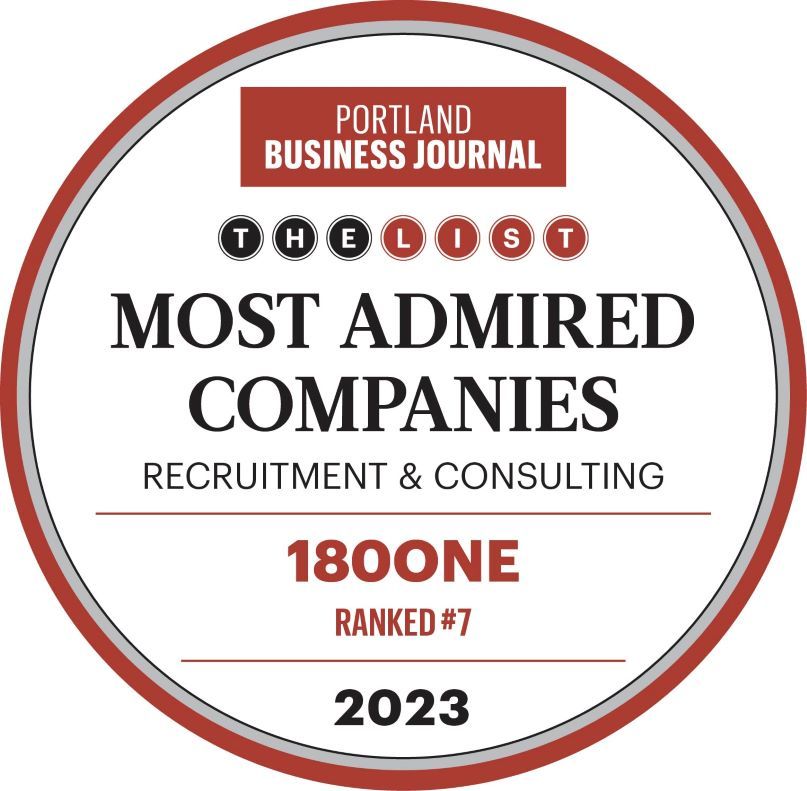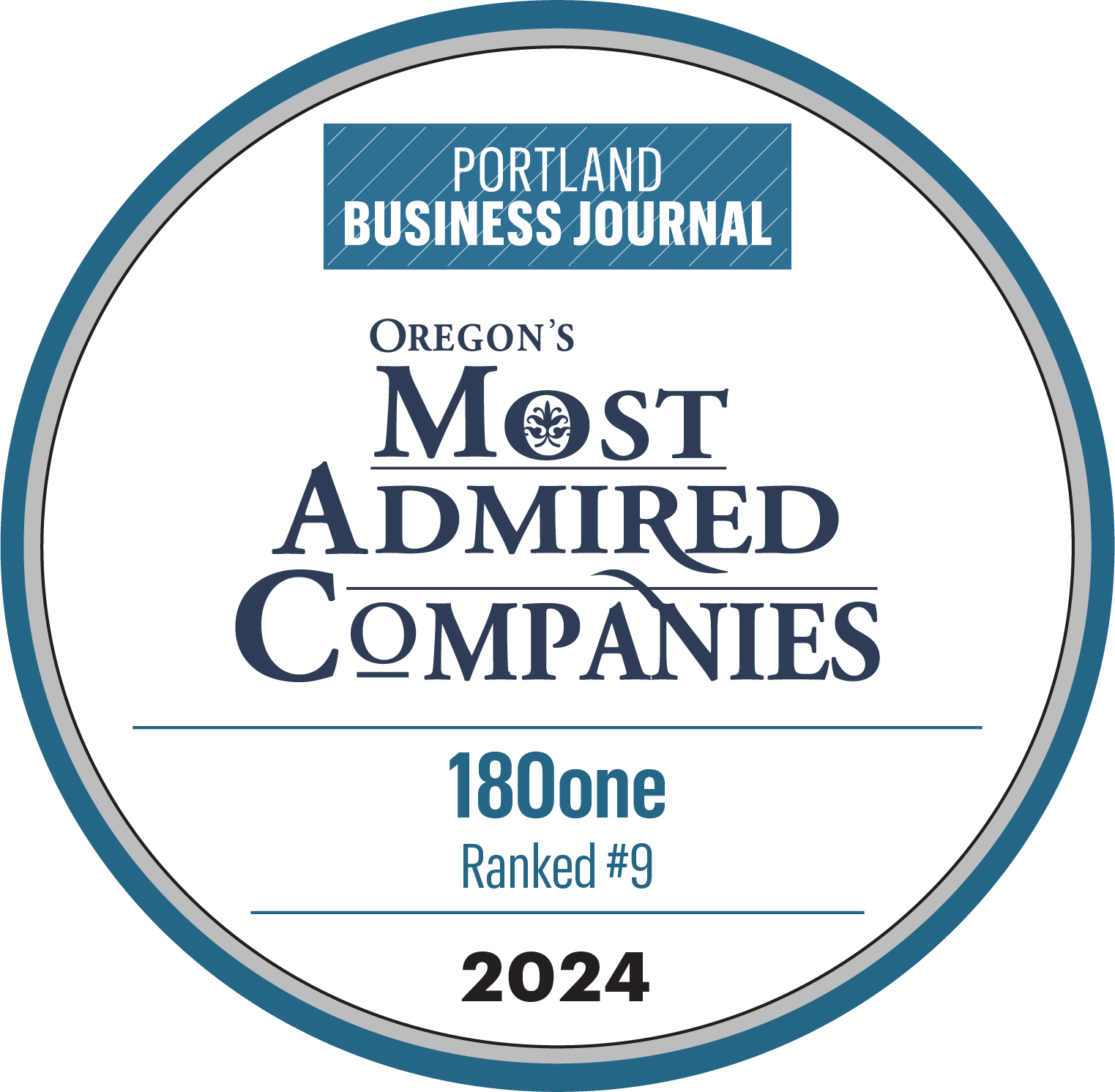Hiring Nonprofit Executives: How an Executive Recruiting Firm Ensures a Successful Search
Building a successful nonprofit requires strong leadership to run the organization. Finding mission-driven leaders with the right mix of skills and experience is no small task, and running a search can be time-consuming. This is especially true for volunteer Board members who must spend time coordinating the process while also working their “day jobs.”
To assist with the process, most nonprofit organizations engage executive search firms when beginning a search for their next executive.
If you’re a board member of a nonprofit, here’s what you should consider when thinking about working with an executive search firm to find your next nonprofit leader.
Forming a Search Committee
Forming a well-rounded Search Committee is a best practice that an executive search firm can assist with. A Search Committee ensures all stakeholders are represented when determining job scope, evaluating candidates, and selecting finalists, increasing the likelihood of a successful executive search.

When building the Search Committee, your organization should consider including a diverse representation of board members, staff, donors and others with close ties to the organization. Involving a variety of stakeholders assures those not part of the search process that their voices are being heard and their interests are accurately represented by the Search Committee.
Selecting a leader or Search Chair is another critical component of forming the Search Committee. The Search Chair typically serves on the Board and is patient, an influencer and a strong communicator who is able to command the respect of the rest of the Board (and vice versa).
The Search Chair must also have time to dedicate to the search and often works closely with the executive recruiting firm.
Aligning the Candidate Profile

Deciding on the overall profile of an ideal candidate can be one of the most challenging steps in conducting a nonprofit executive search. Search Committee members often provide varying, and sometimes contrasting, input about how a candidate will be successful.
An executive search firm is an independent voice of reason and should be skilled in facilitating a productive discussion among the Search Committee members.
As an objective third-party, the firm helps your organization identify the skills, experience and culture fit needed without having any bias.
180one has found that distributing a Candidate Profile document that captures the Search Committee’s discussion and summarizes the traits and skills needed for success is the most effective way to align the Committee members and move toward a common goal. The Search Committee reviews this document, provides edits and agrees upon it before the search continues.
Although there may be many varied opinions, we often recognize common themes.The Candidate Profile approach forms a consensus among the Search Committee members and avoids any misunderstanding or confusion later in the search.
Identifying Candidates
The value of working with an executive search firm is most clear when the time comes to source candidates for the position. Unfortunately, not all executive search firms provide the same level of value.
When evaluating a recruiting firm, make sure you understand the techniques the firm uses to identify and recruit candidates. And their approach should be carefully vetted. Some firms, for example, rely too heavily on the traditional job posting approach, which provides access to only those candidates currently in a job search. This approach represents a very small percentage of the viable talent pool.

A firm that is more active and current in its sourcing process can provide much more value. Look for firms that target specific organizations and professionals within those organizations, generating a more tailored pool of candidates who meet the skills outlined in the Candidate Profile.
For example, during a recent nonprofit executive search conducted by 180one, we targeted other nonprofit organizations similar in complexity to our client’s organization as well as those with a similar structure in the for-profit sector.
Our approach yielded a much larger qualified candidate list than if we had only targeted local nonprofits, resulting in the selection of a candidate who came from a for-profit organization with a reputation for being mission-focused.
Coordinating the Interview Process

The Interview Phase is one of the most important stages in a nonprofit executive search, both for your organization and for the candidates.
An executive search firm should provide guidance to the Search Committee with regards to the size of the interview team and the appropriate format for the interview process. Search Committees are often large, so 180one recommends that a Search Committee select no more than 3 members to conduct initial interviews, which keeps the interview team consistent and continues the search’s progress.
The proper interview format depends on a number of factors, and an executive search firm can help you determine whether to conduct formal, panel or one-on-one interviews, as well as provide recommendations on interview questions.
Interviews are as much for the candidate as they are for your organization, so it’s important to facilitate the best experience for everyone involved.
Selecting the Final Candidate

Executive recruiters provide additional expertise when it comes to selecting finalists, negotiating offers and onboarding at the conclusion of a nonprofit executive search.
During the Selection Process, the Search Committee reviews the top candidates, votes on recommendations for the finalist and submits that recommendation to the Board. An executive search firm manages this process by helping to develop a voting system and troubleshooting any potential roadblocks that may stand in the way of a successful selection.
Based on our experience facilitating the Selection Process, 180one advises that the Search Committee ranks the finalists and discusses if anyone besides the number-one candidate could be a viable option for leading your organization. We recommend this in case the Board does not approve the Search Committee’s nomination or the top candidate rejects the offer.
Knowing your “back-up” candidates ahead of time allows your organization to maintain the efficiency and momentum of the process and avoids having to restart the search.
Conclusion
Recruiting executive leadership for your nonprofit can be challenging, but finding the right leaders can have a significant impact on your organization and the nonprofit sector in your community.
Enlisting an executive recruiting firm like 180one to run your search is a smart and efficient way to ensure you find the best candidate to lead your organization.
Here’s what you need to remember:
- Form a Search Committee - An executive search firm will help your organization form a well-rounded Search Committee that will include the diverse voice, opinions and perspectives of your nonprofit.
- Create a Candidate Profile - A Candidate Profile is a powerful tool to align the vision of Search Committee members and maintain focus throughout the search.
- Identify the Candidates - An executive search firm should go beyond traditional search methods, identifying target organizations and networks to find your ideal candidates in.
- Conduct the Interviews - A search firm will advise your nonprofit on how to conduct interviews that serve both your Search Committee and your top candidates.
- Select a Final Candidate - When reviewing your top candidates, make sure to identify a potential back-up choice, in case the top candidate is not approved by the Board.
If you’d like to learn more about how 180one can help with your nonprofit executive search, contact us or learn more about our how our targeted recruiting process might be a fit for your organization.
Photo Credits: Playing Futures, Caitlin Childs,Shutterstock, Texas A&M University






